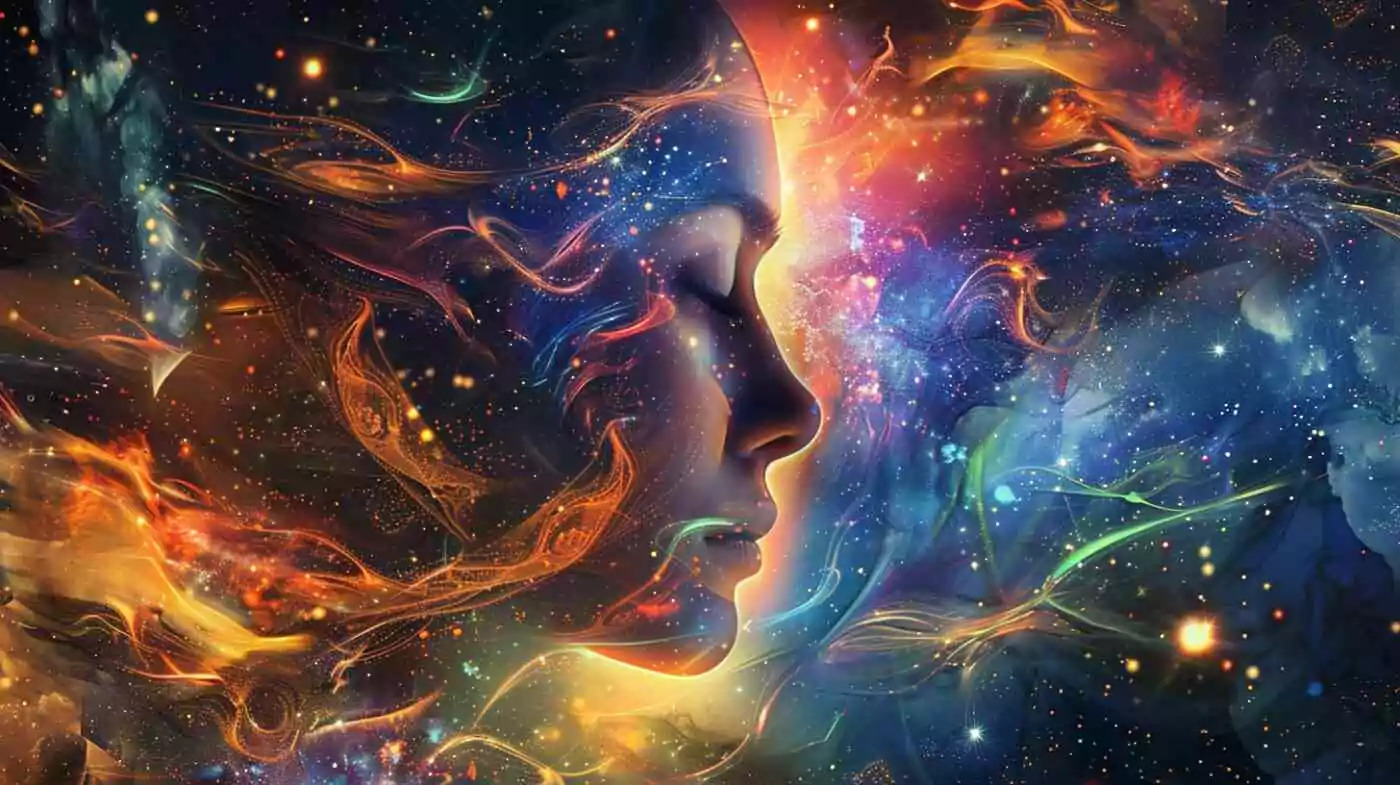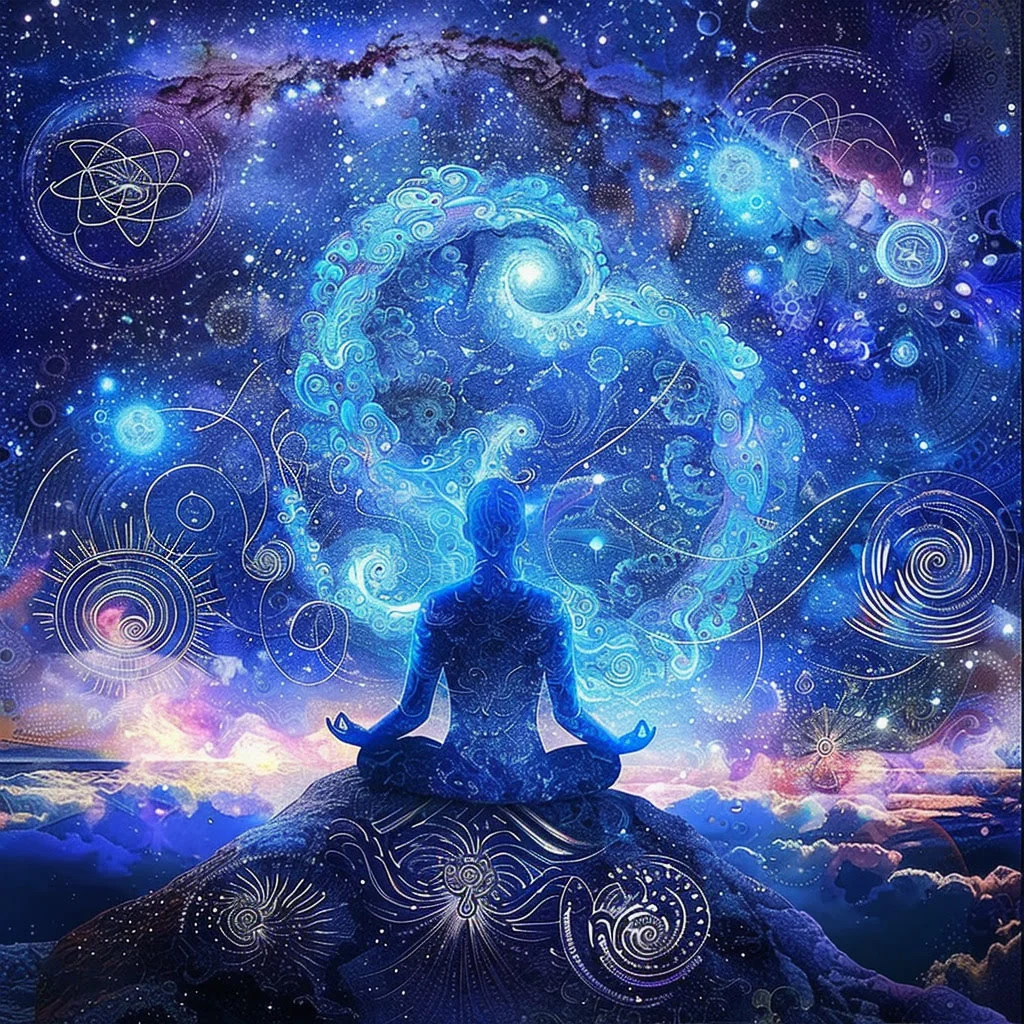Science
Do You Fear Walking in the Woods? This Anxiety Is Affecting More People
15 December 2025

The New Age is a cultural movement whose supporters, by appealing to various forms of intellectual expression, propose recipes for overcoming the existential tensions that accompany modern man. This philosophy of life, or ideology as its opponents prefer to call it, creates an alternative sphere of spirituality. For some, the New Age is a dangerous sect, for others an expression of boredom with homo capitalism or a manifestation of man’s need to seek love, wisdom and enlightenment.
Every phenomenon has its genesis. In this case, it is not easy to identify a single source of ideas that make up this environment’s central set of beliefs. This is because it is a worldview woven from various traditions and intellectual perspectives, and to put it simply – it is an eclectic formation. As a result, critics of this philosophy of life emphasize the lack of coherence in the thought message of the movement and consider it the best proof of the worthlessness of this proposal.
The rise of the movement is related to the countercultural revolution of the 1960s. It was a time of dynamic revaluations taking place in the societies of the Western world, induced, among other things, by disappointment with the political order of the Cold War era, by criticism of bourgeois morality, and, consequently, Christian axiology, dominant in Western culture. A good illustration of the ground on which the movement of the new era germinated is the hippie subculture. Researchers of this phenomenon note that it is affiliated under many names: New Age Movement, Age of Aquarius, the Aquarian Conspiracy, New Paradigm, New Consciousness Solar Era, Human Potential Movement, and New Spirituality. In this nomenclature already, there are meanings and information about how this cultural movement is designed.
The emergence of a “new” phenomenon is highlighted. The issue seems to be questionable, given the fact that such projects of spiritual renewal of the world have systematically come up in the history of civilization. It appears that the need to emphasize the “new opening” is connected with a kind of cultural trauma experienced by humanity in the face of border experiences. For the 1960s it was perhaps a vision of nuclear annihilation.
Thus, it is possible to identify many formations that can successfully pass for the progenitors of the movement. We can mention, among others, the 19th-century Theosophical Society with its central figure Helena Bławatska, or the Anthroposophical Society, founded in 1913 by Rudolf Steiner, who called himself an ideologue of the new gnosis. It is precisely the indication of the category of gnosis that allows us to identify the oldest roots of the New Age.

Hans Jonas, one of the most important researchers of this phenomenon, defines the message of Gnosticism as follows:
“The name Gnosticism, which became the common headline for the doctrines preached by various sects that emerged within and around Christianity during the first groundbreaking centuries of its existence, derives from the Greek word gnosis, meaning knowledge. The emphasis on knowledge, as a means of attaining salvation, and even as a form of salvation itself… is a common feature of the numerous sects in which the Gnostic movement has historically expressed itself.”
The key, both in the context of ancient Gnosis as well as the thought of the New Age, is the question of the status of knowledge, which is to be the way of salvation, rebirth, or the psychological and moral self-determination of man. This very issue determines that many circles assess New Age ideology as particularly dangerous for the modern world.
We recommend: Pop Tradition: Can Popular Culture Replace the Canon?
The coming of the “New Age Movement” is supposed to mean that all reality is a manifestation of the Spirit, which took different forms in different religions. This time is to be a spiritual renewal of man. Homo sapiens will once again accept the old philosophical view, coming from Plato, that sensual cognition touches only the outer layers of reality that conceal the inner dimension of the world. According to a rule known from Hermes Trismegistos,
“that which is below is like that which is above; and that which is above is like that which is below, to perform the miracle of one only thing.”
These two dimensions – internal and external – are realized. Higher human nature can be awakened and the individual, as a result of proper training, enlightened and perfected.
What is the strength of the New Age movement? Is it a threat, a real alternative to the current lifestyle, or is it a curiosity filling the shelves with the label “spirituality” in bookstores? Undoubtedly, this idea is characterized by extraordinary flexibility. It does not define the boundary conditions that determine the field of this vision of the world. Building a worldview on the reference to love, enlightenment, and wisdom makes it possible to realize it in various configurations.
Moreover, projects based on these ideas have already been undertaken in the history of mankind, for example, in the slogan of the French Revolution: Liberté, Égalité, Fraternité. Most importantly, virtually any attitude that is defined as progressive and opposed to conservative thinking can be inscribed – more or less precisely – into this current. The list is long: starting with Eastern philosophy – Buddhism, Hinduism, and yoga, through ecophilosophy to emancipation and equality programs.
What is obvious, the classics of psychoanalysis – Freud and Jung, can also be called the allies of the New Age. The same as writers such as Michel Houellebecq, Paulo Coelho, and Olga Tokarczuk. Philosophers, scientists, and musicians can complete the list. Paul Feyerabend, a prominent philosopher of science, characterizing the methodological strategy of modern natural science, proposed the slogan: anything goes. It captures equally perfectly the possibilities of assimilation of different concepts by the New Age.
The cultural theorists of the postmodern era define the state of the modern world as a time of derided authorities, relativized values, fallen heroes, and numerous crises – identity, masculinity, femininity, and religion. This is undoubtedly a borderline moment in a broad sense for our world. Global warming, environmental crisis, increasing economic and political diversity, with a desire for uninterrupted consumption. This and many other factors make a person feel lost, overwhelmed by a mass of information, distracted by the technological race, and frightened by modern science, which is understandable for a few, and often magical for most. As a result, there is a growing existential tension and fear of reality, which in some people turns into depression and in others – into a need to discover spirituality.
However, not one that sets limits, but one that gives a sense of liberation from the rules that govern the world. This satisfies this need by promising the possibility of spiritual separation from the mundane, from the tremendous. It contains a kind of naivety of the idea of a noble savage returning to the state of nature. However, this is only an illusion of the existence of a simple remedy for everything. We have to understand that the time when it was easier is over.
We recommend: Shame in Contemporary Culture: Navigating Between Ethical Value and a Disappearing Emotion
Translation: Marcin Brański


Truth & Goodness
14 December 2025

Zmień tryb na ciemny